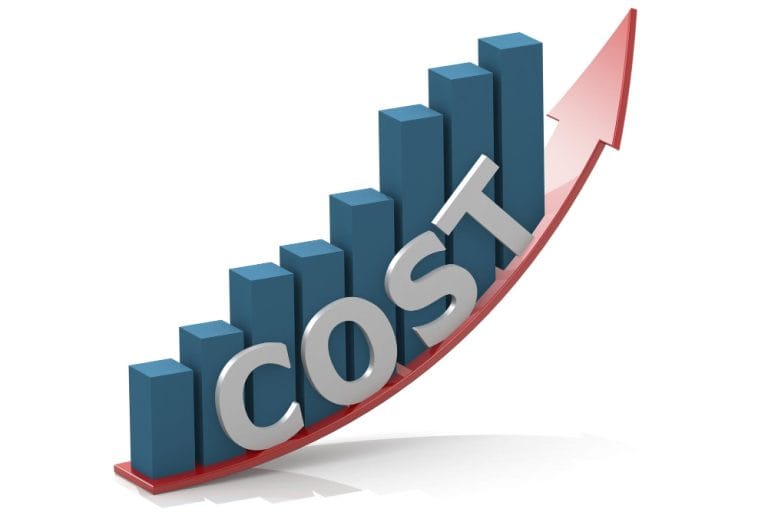Tips for Managing Emergencies and Staying Financially Secure
Life can be unpredictable. One moment, your financial plans are perfectly intact, and the next, you’re hit with an unexpected expense you weren’t prepared for. Whether it’s a car repair, a medical bill, or an urgent home repair, these sudden costs can feel overwhelming. However, draining your savings doesn’t have to be the answer.
This guide is designed to help you manage these expenses effectively while maintaining your long-term financial goals. We’ll explore strategies to assess your finances, establish a safety net, and explore alternative options for handling sudden financial surprises.
Understanding Your Financial Situation
When faced with a sudden expense, the first step is to get a clear picture of your financial standing. By understanding your income, costs, and savings, you can make informed decisions to manage the situation effectively.
Assess Your Current Income and Expenses
Start by evaluating your monthly income and fixed expenses. This includes housing costs, utilities, insurance, groceries, and any other necessities. Compare this to your discretionary spending, such as dining out or entertainment.
Once you’ve identified areas of spending, look for opportunities to cut back temporarily. For example, reconsider non-essential subscriptions or limit eating out until the unexpected expense is addressed. By making these adjustments, you can free up some breathing room in your budget for immediate needs.
Create or Revise Your Budget
If you’re not already working with a budget, now is the time to create one. A budget allows you to track your cash flow, plan for future expenses, and identify where you can save. Tools like Mint or YNAB (You Need A Budget) make it easier to keep everything organized.
Set clear categories for necessary expenses, savings, and discretionary spending, then prioritize paying for the unforeseen cost. By managing your cash flow effectively, you can handle emergencies without exhausting your resources.
Building an Emergency Fund
One of the best ways to prepare for sudden expenses is by having an emergency fund. This dedicated savings account serves as a safety net, providing you with peace of mind in the event of the unexpected.
Set a Savings Goal
Financial experts recommend saving three to six months’ worth of living expenses for emergencies. However, if that seems daunting, start small. Even setting aside $500 to $1,000 can be a game-changer. The key is consistency.
Consider potential expenses you may encounter soon, and use that as a starting point for your goal. For example, if car maintenance tends to surprise you, aim to cover the cost of a significant repair.
Automate Your Savings
The best way to grow your emergency fund is to make saving effortless. Set up an automatic transfer from your primary account to a savings account each month, even if it’s a small amount. Automating your savings ensures that you contribute consistently without having to think about it.
High-yield savings accounts are an excellent option for emergency funds, as they offer higher interest rates and keep your money accessible for emergencies.
Exploring Alternative Funding Sources
While an emergency fund is the ideal solution, there are times when you may need to rely on additional resources. The key is to explore options thoughtfully to minimize long-term financial strain.
Consider Lines of Credit or Personal Loans
Lines of credit and personal loans can provide relief in emergencies if used responsibly.
- Personal Loans: These are often unsecured loans with fixed interest rates and repayment terms. They’re ideal for one-time expenses like medical bills or urgent home repairs.
- Credit Cards with Low Interest: If you have a credit card with a low or zero-interest introductory offer, it can serve as short-term financial support. However, make sure you have a repayment plan in place to avoid accumulating interest.
Before borrowing, compare terms, interest rates, and repayment timelines to choose the option that best suits your financial situation.
Negotiate Payment Plans
If your sudden expense involves medical bills, utility payments, or large service costs, it’s worth contacting the provider to discuss payment plan options. Many businesses are willing to work with customers facing financial hardships.
For example, medical offices often offer interest-free payment plans that allow you to spread the cost over several months. Taking the time to negotiate could save you from relying on high-interest credit.
Proactive Financial Planning for Peace of Mind
Sudden expenses can disrupt even the most carefully laid financial plans. However, by being proactive in your approach to managing money, you’ll be better prepared to handle these situations without unnecessary stress.
Recap Key Strategies
- Understand Your Finances: Regularly assess your income, expenses, and savings to maintain a healthy financial outlook.
- Build an Emergency Fund: Make saving a priority, even if you start with small amounts. Automate your contributions and use high-yield savings accounts for added growth.
- Utilize Alternative Funding Wisely: If necessary, consider personal loans or negotiate payment plans, but always compare terms and have a repayment strategy.
By adopting these practices, you can confidently face unexpected expenses without compromising your long-term savings goals.
For young professionals or individuals looking to fine-tune their approach to financial planning, we recommend staying informed and continually revising their budget to accommodate life’s unpredictability.
Remember, financial health is about progress, not perfection. Start with small, manageable steps today, and you’ll be better equipped to handle whatever comes your way tomorrow.






